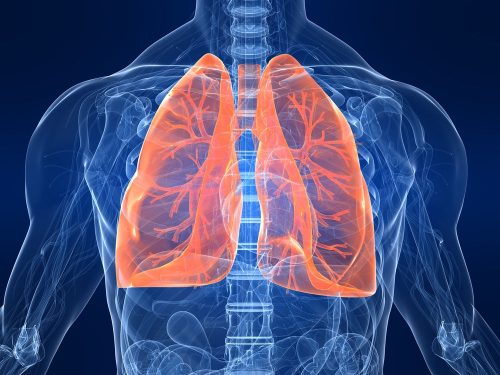Science fiction movies always show brains, hearts, lungs, and eyeballs in jars lining the shelves of scientists’ labs. These organs are all dead and preserved. But what if they didn’t have to be dead? Imagine growing live organs in a glass jar. Turns out, this isn’t a far-fetched idea at all. A group of researchers at Yale, led by Dr. Laura Niklason, are exploring ways to improve bioreactors that can keep organs alive in culture.
Bioreactors allow for the growth and study of cellular systems, tissues, and organs in an environment outside of the organism from which they were derived. Currently, scientists are capable of controlling the environment of cellular bioreactors with regard to temperature, fluids, pH, nutrients, and gas exchange. However, in full-organ bioreactors, a major difficulty is maintaining efficient gas and nutrient exchange.
Specifically, Niklason’s research focuses on the levels of dissolved oxygen in whole-lung bioreactors. Past studies have shown that if the cells have too much or too little oxygen, they become damaged or die. Therefore, Niklason aimed to create a whole-lung bioreactor that can successfully monitor and adjust levels of dissolved oxygen, enabling the successful growth of a whole lung.
Niklason described her bioreactor as an artificial organism, supporting the growth of the organ inside. “My lab really does ‘applied biology.’ We take what is known and what we can learn about how tissues and organs develop and about their composition, and then we use that knowledge to try to recapitulate those factors in the laboratory. In this way, we attempt to turn the laboratory bioreactor into an artificial organism, which can grow and nurture a functional tissue,” Niklason said.
The path towards developing this dissolved oxygen maintenance and delivery system had four main steps. First, the researchers physically constructed the gas exchange system. Then, they mathematically analyzed the gas transfer within the system by measuring the relationship between the system inputs and the resulting oxygen gas outputs. Next, they mathematically compared the rate of oxygen delivery by the system to the rate of oxygen consumption in native rat lungs. Finally, they confirmed their mathematical models by testing rat lungs in the bioreactor under various system parameters.
The results of their research showed that the mathematical model derived indeed reflected the real-life interaction of the rat lungs in the bioreactor system. Additionally, the study of the bioreactor system revealed insights on the nature of oxygen absorption in the rat lungs. When there was enough dissolved oxygen, the rat lungs were observed to intake oxygen at a constant rate proportional to the percent of cells capable of aerobic metabolism. Conversely, when the dissolved oxygen was below a given threshold value, the lungs slowed the oxygen consumption rate. This relationship gives direct insight into the cellular behavior of lungs in the bioreactor under different oxygen conditions.
The research team faced many challenges while developing this system. For instance, lung engineering often involves the use of stem cells. “For our work with stem cell differentiation, identifying the key factors that drive specific fates from primitive stem cells, for both vascular and lung engineering, was one of our key challenges,” Niklason said. Despite these challenges, the research culminated in a system that measures dissolved oxygen levels in real time, and consequently enables the constant estimation of oxygen consumption rates and cell number in engineered tissue.
The development of bioreactors has many future medical implications. Whole-lung bioreactors enable more cost-efficient studies on lung stem cells and regeneration. Additionally, lung bioreactors may contribute to the successful bioengineering of new lungs and preservation and recovery of damaged lungs for transplants.
Specifically, the bioreactor system constructed by Niklason’s lab allows improved maintenance of lungs outside of the body, therefore widening the field of opportunity surrounding organ transplants. This system brings a positive outlook to the future of organ engineering, specifically vascular engineering, which involves the growth and study of blood vessels. “For vascular engineering, we hope that the technologies my group has developed may one day provide engineered arteries for patients with vascular disease who need arterial grafts or replacements,” Niklason said. The future of organ and tissue engineering may lie in constantly improving bioreactor systems, such as with Niklason’s pioneering research.

